The Power of Model Thinking in Everyday Life

In today’s fast-paced world, we often find ourselves inundated with choices and challenges. The ability to navigate these complexities effectively can make all the difference in our personal and professional lives. Enter model thinking—a dynamic approach to decision-making that not only simplifies our thought processes but also empowers us to make informed choices that align with our goals and values.
At its heart, model thinking is about breaking down the intricate web of information and experiences we encounter daily. It offers us a structured framework for interpreting our surroundings, enabling us to make sense of the chaos. Think of it as a mental toolkit that equips us to tackle everything from everyday dilemmas to life-altering decisions.
So, what exactly is this framework? Model thinking is rooted in three essential components: inputs, processing, and outputs. Each of these elements plays a crucial role in shaping our decision-making process.
Inputs are the raw data we gather from our environment. They can come from a variety of sources—conversations with friends, news articles, personal experiences, or even our gut instincts. The quality of our inputs is paramount; the more relevant and accurate the information we gather, the more effectively we can navigate our choices. By being intentional about the data we allow into our mental frameworks, we can enhance our overall decision-making capabilities.
Once we have identified our inputs, we enter the processing phase. This is where the real magic of model thinking happens. During this stage, we analyze the inputs we’ve collected, filtering out irrelevant details and drawing connections between various pieces of information. The goal is to sift through the noise and gain clarity. This might involve weighing the pros and cons of different options, considering potential outcomes, or even brainstorming new ideas. By refining our processing skills, we become more adept at turning information into actionable insights.
Finally, we arrive at the outputs—the tangible results of our decision-making process. This is where our careful thought and analysis culminate in an action, conclusion, or commitment. Evaluating our outputs is essential, as it helps us assess the effectiveness of our models and learn from our experiences. Did we achieve the desired result? What could we improve next time? This reflective practice is a cornerstone of model thinking, allowing us to refine our approach over time.
What makes model thinking particularly compelling is its versatility. It can be applied to a myriad of situations in our daily lives, making it an invaluable tool for both personal growth and professional development. Imagine standing in front of the fridge, staring at the plethora of ingredients available. Instead of letting indecision paralyze you, you can apply model thinking to decide what to cook for dinner. By gathering inputs—your dietary preferences, available ingredients, and time constraints—you can enter the processing phase, where you evaluate different recipes, weighing factors like preparation time and nutritional value. The output is a thoughtful meal choice that satisfies your hunger and aligns with your health goals.
This approach transcends the mundane; it also applies to more significant life choices. Picture yourself at a crossroads in your career, contemplating a job change. With model thinking, you can systematically assess your current job satisfaction, financial implications, and long-term aspirations. By organizing these inputs and engaging in meaningful processing, you can arrive at a decision that reflects your true desires and sets you on a fulfilling path.
Model thinking is not merely about making better decisions; it’s about cultivating a mindset that embraces exploration and curiosity. By encouraging ourselves to think in models, we foster an environment that values creativity and diverse perspectives. This mindset shift opens the door to innovative solutions and fresh insights, allowing us to approach challenges with confidence and clarity.
As we embark on the journey of mastering model thinking, it’s important to remember that practice makes perfect. Begin by integrating these principles into small daily decisions, gradually building your skill set. Consider keeping a reflective journal where you document your thoughts, the decisions you face, and the outcomes that result. Over time, you will notice an evolution in your decision-making process—one that becomes increasingly intuitive and aligned with your values. In conclusion, model thinking is a transformative approach to navigating life’s complexities. It empowers us to make informed choices by providing a structured framework for understanding our experiences. By embracing model thinking, we can enhance our ability to navigate daily challenges and make decisions that resonate with our true selves. So, take a moment to reflect on how model thinking can enrich your life, one thoughtful choice at a time.
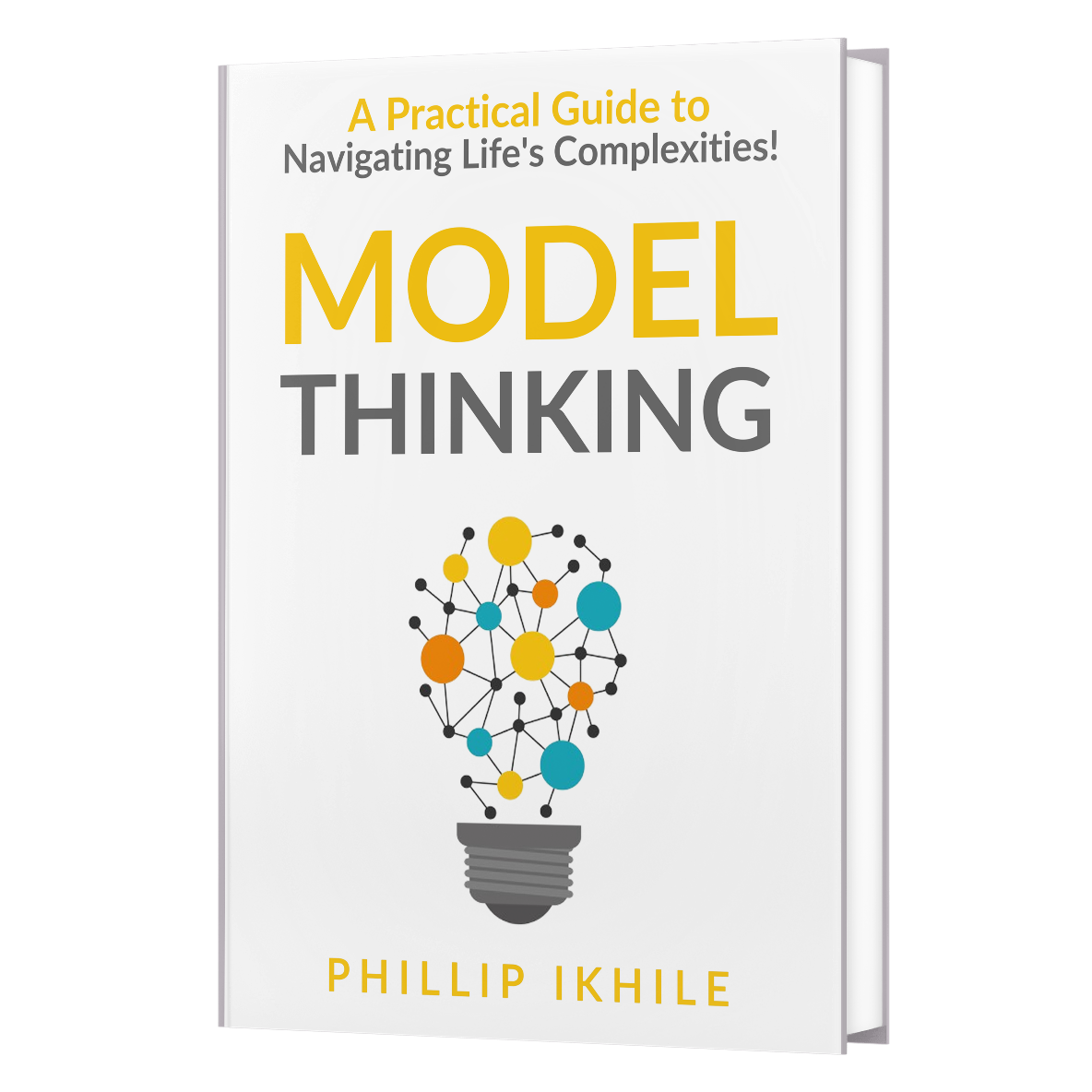
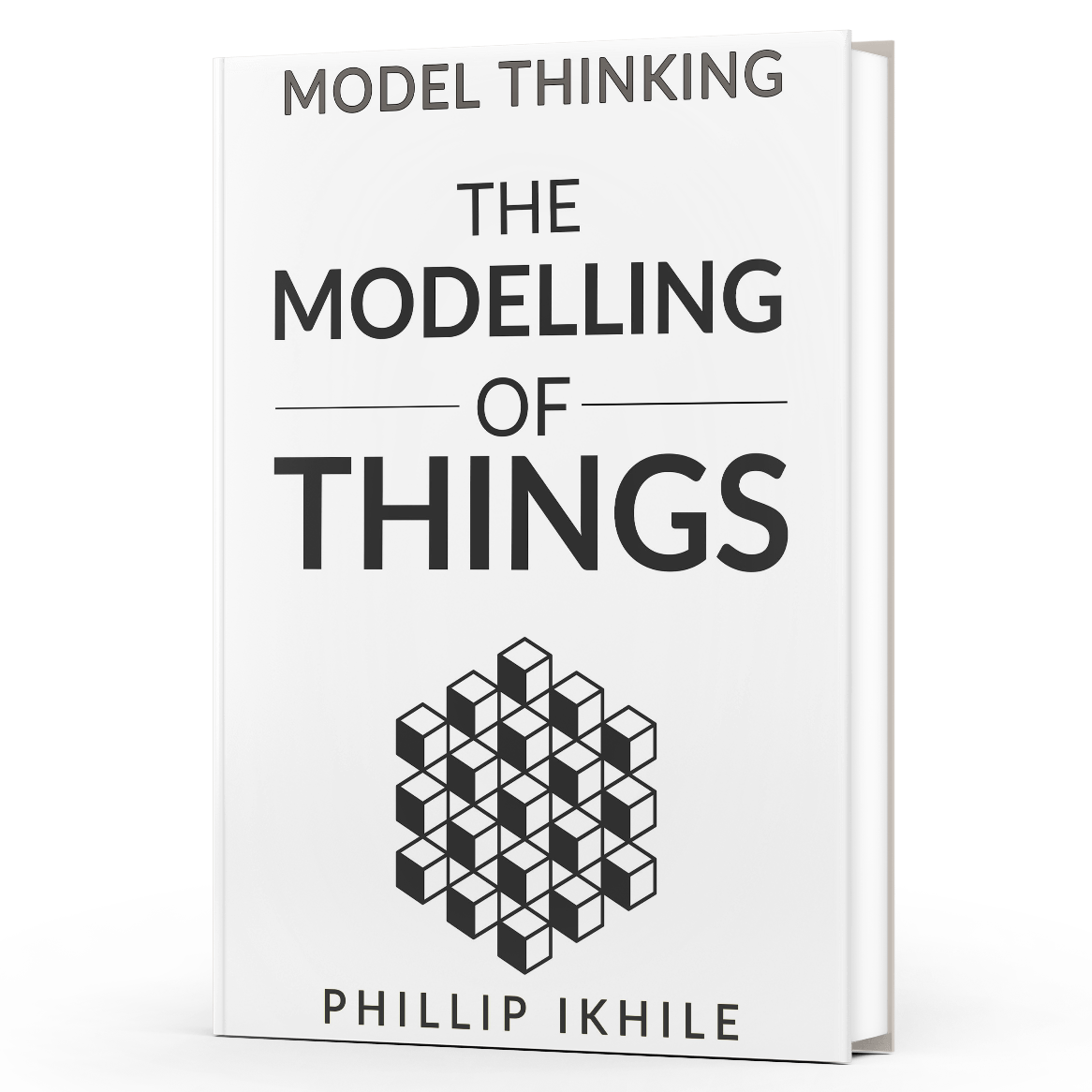
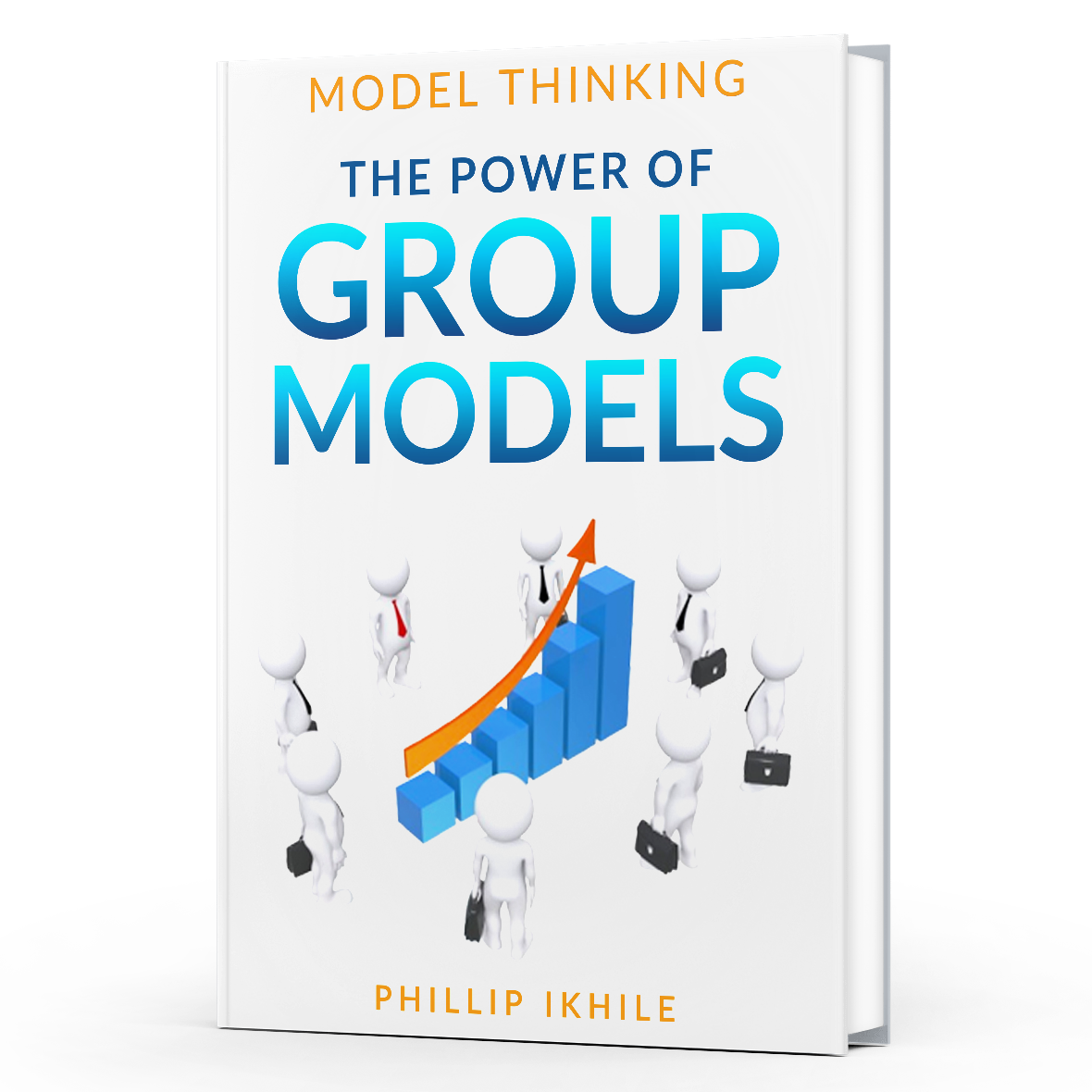
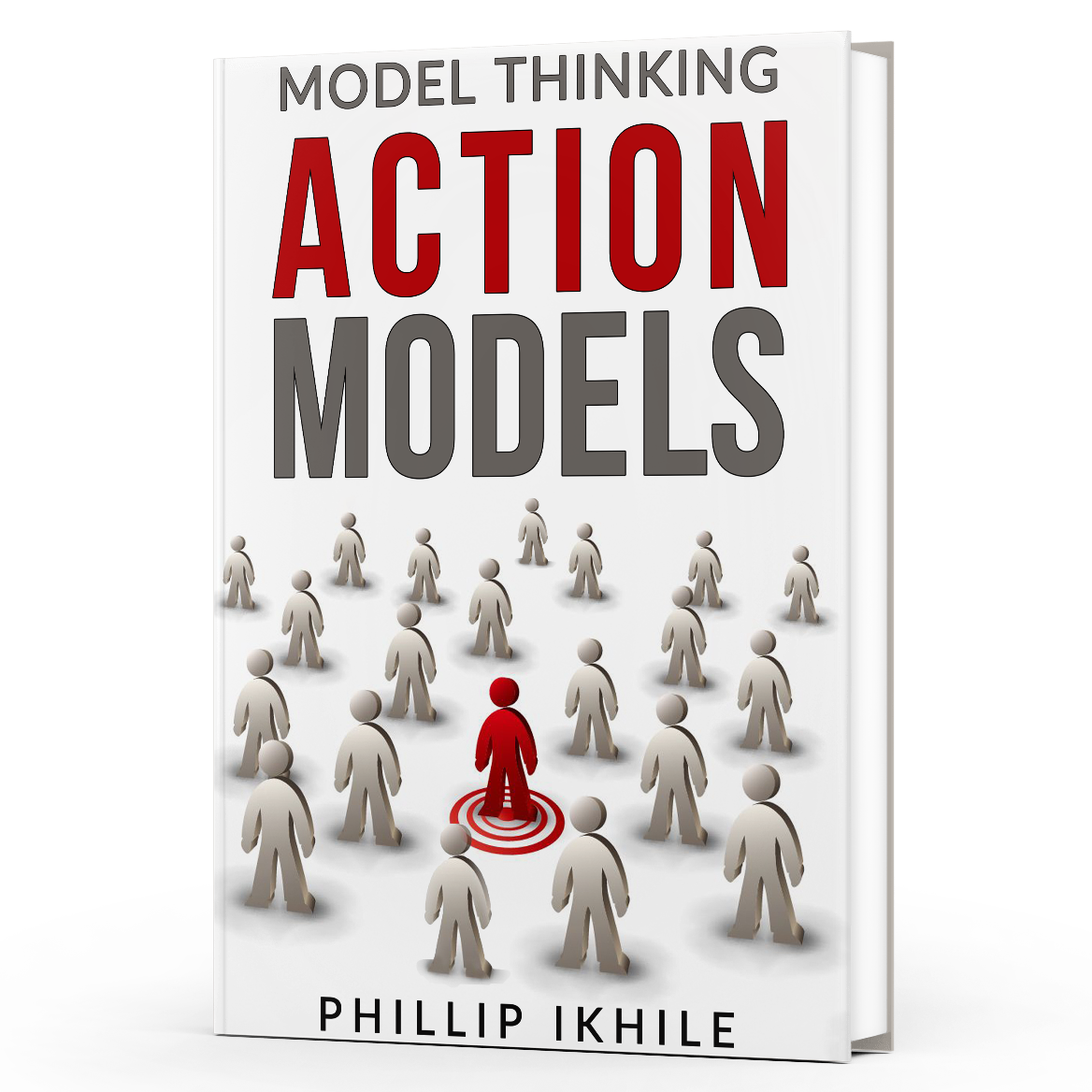
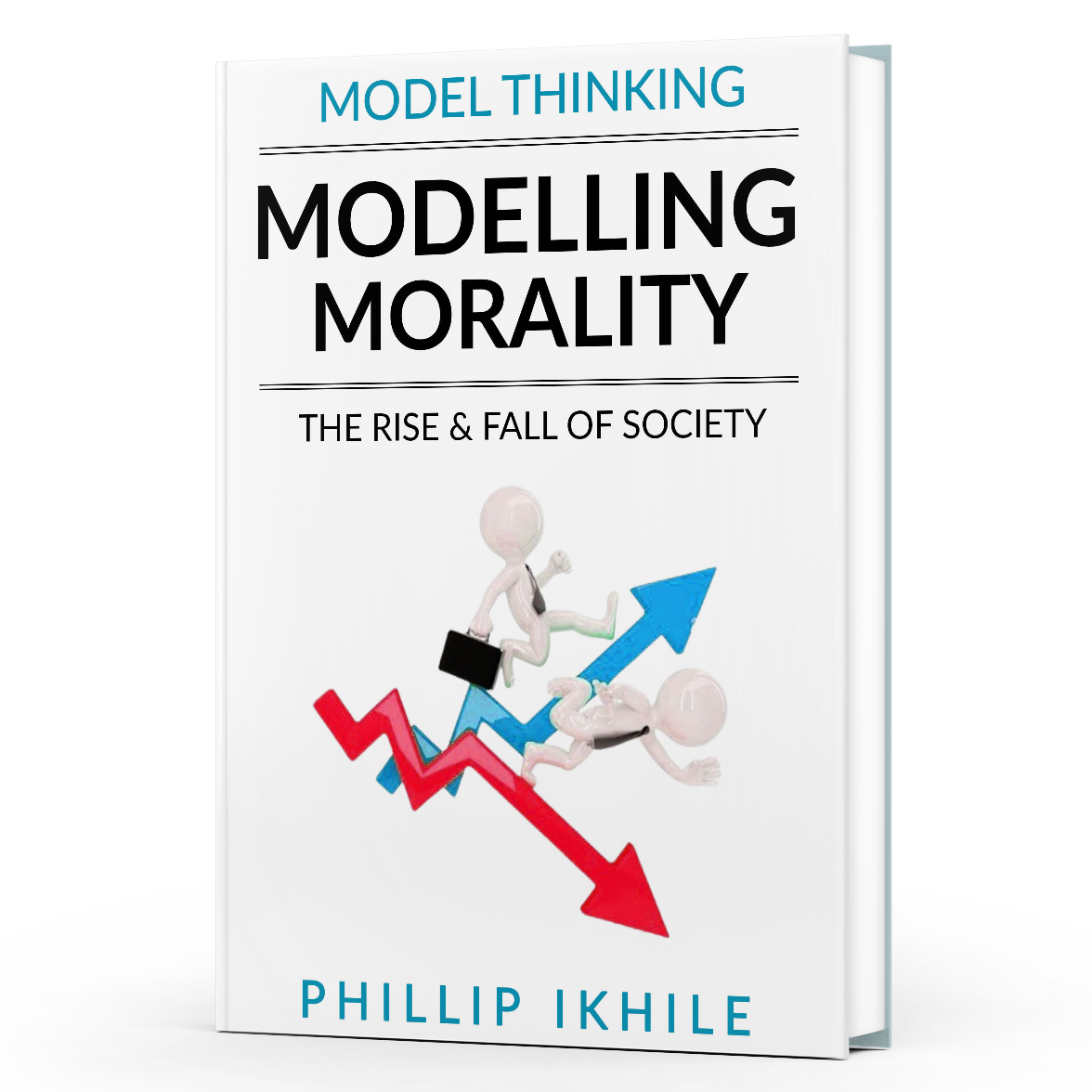
Here’s my comment! A test.